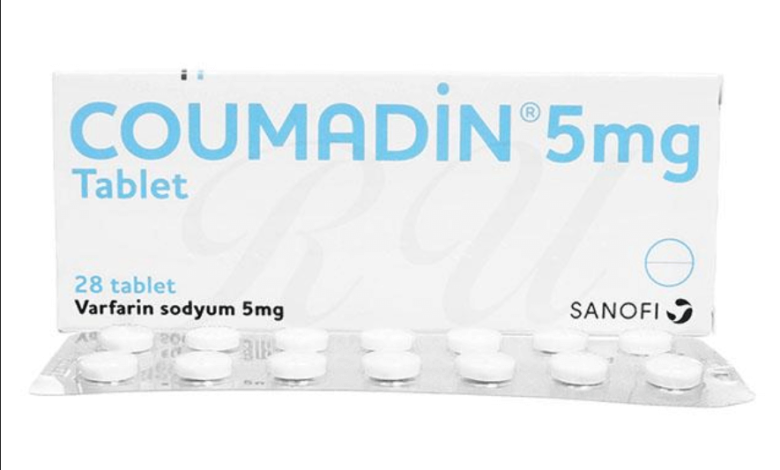Cumadin: Unraveling the Threads of Anticoagulation

In the intricate tapestry of medical treatments, It stands as a vital thread, weaving through the lives of many. This article aims to unravel the complexities surrounding Cumadin, shedding light on its uses, dosage, side effects, and more.
What is Cumadin?
Cumadin, also known as warfarin, is an anticoagulant medication widely used in medical settings. Its composition plays a crucial role in preventing blood clots, making it an indispensable tool in various therapeutic interventions. Understanding the science behind it is key to appreciating its significance in modern medicine.
Cumadin Dosage and Administration
Proper dosage and administration are paramount when dealing with anticoagulants. Delving into the specifics of it dosage and administration guidelines ensures its effectiveness while minimizing the risk of adverse effects. Let’s explore the nuances of this crucial aspect.
Cumadin Side Effects
No medication is without its potential side effects, and it is no exception. This section outlines the common side effects associated with it and provides insights into managing and mitigating these effects for a smoother treatment journey.
Interactions with Other Medications
Understanding the potential interactions between it and other medications is crucial for patient safety. We’ll explore the medications that may interact adversely with it and offer recommendations to prevent complications.
Monitoring Cumadin Therapy
Regular monitoring of it levels is vital for its therapeutic success. This section provides guidelines on the frequency of check-ups and emphasizes the collaborative effort required between healthcare providers and patients.
Dietary Considerations
Dietary choices can influence Cumadin’s effectiveness. Unraveling the intricacies of what to eat and what to avoid ensures optimal outcomes for individuals on Coumadin therapy.
Cumadin and Lifestyle
Beyond medications and diet, lifestyle factors also play a role in the success of Coumadin therapy. We’ll discuss the impact of exercise, alcohol consumption, and other lifestyle choices on it efficacy.
Precautions and Warnings
Certain groups need to take extra precautions when using it. This section highlights specific populations at higher risk and potential risks associated with Coumadin use. Read more…
Success Stories
Amidst the medical details, real-life success stories add a human touch to the narrative. We’ll share inspiring anecdotes of individuals who have navigated their health journey successfully with Cumadin’s help.
Frequently Asked Questions (FAQs)
Q1: How does Cumadin work to prevent blood clots?
A: It interferes with the blood-clotting process by inhibiting vitamin K, an essential component in clot formation.
Q2: Are there any specific foods to avoid while on it?
A: Yes, foods rich in vitamin K, such as leafy greens, should be consumed in moderation.
Q3: Can I drink alcohol while on it?
A: Moderate alcohol consumption is generally acceptable, but it’s essential to consult your healthcare provider for personalized advice.
Q4: How often should I have my Cumadin levels monitored?
A: Regular check-ups are crucial; the frequency depends on individual health factors and the stability of Coumadin levels.
Q5: Is Coumadin safe during pregnancy?
A: Pregnant individuals should consult their healthcare providers for personalized advice, as it may pose risks during pregnancy.
Conclusion
In the intricate dance of healthcare, Cumadin plays a crucial role in preventing potentially life-threatening blood clots. Armed with knowledge about its uses, precautions, and success stories, individuals can navigate Coumadin therapy with confidence, ensuring a safer and healthier life.
